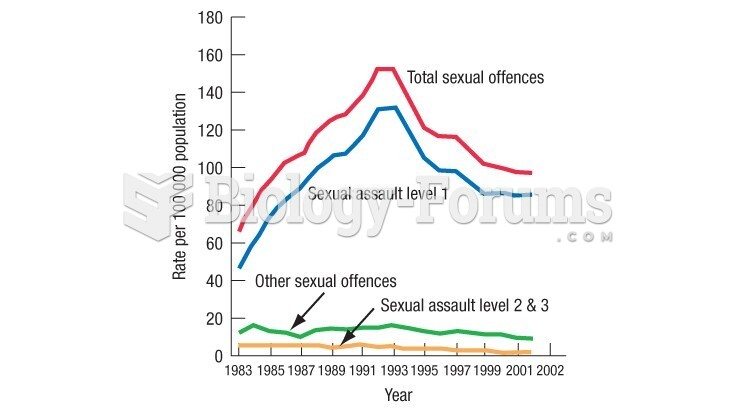|
|
|
People with high total cholesterol have about two times the risk for heart disease as people with ideal levels.
The average person is easily confused by the terms pharmaceutics and pharmacology, thinking they are one and the same. Whereas pharmaceutics is the science of preparing and dispensing drugs (otherwise known as the science of pharmacy), pharmacology is the study of medications.
Aspirin may benefit 11 different cancers, including those of the colon, pancreas, lungs, prostate, breasts, and leukemia.
In the United States, there is a birth every 8 seconds, according to the U.S. Census Bureau's Population Clock.
The heart is located in the center of the chest, with part of it tipped slightly so that it taps against the left side of the chest.






